Intercropping Boosts Farm Yields 20-50% While Building Resilience

TL;DR: Scientists propose deploying massive underwater curtains to block warm ocean currents from melting vulnerable glaciers. While the technology could theoretically slow ice sheet collapse, it faces enormous engineering challenges, ecological risks, and costs up to $500 billion—raising questions about whether it represents genuine climate action or a dangerous distraction from emissions reduction.
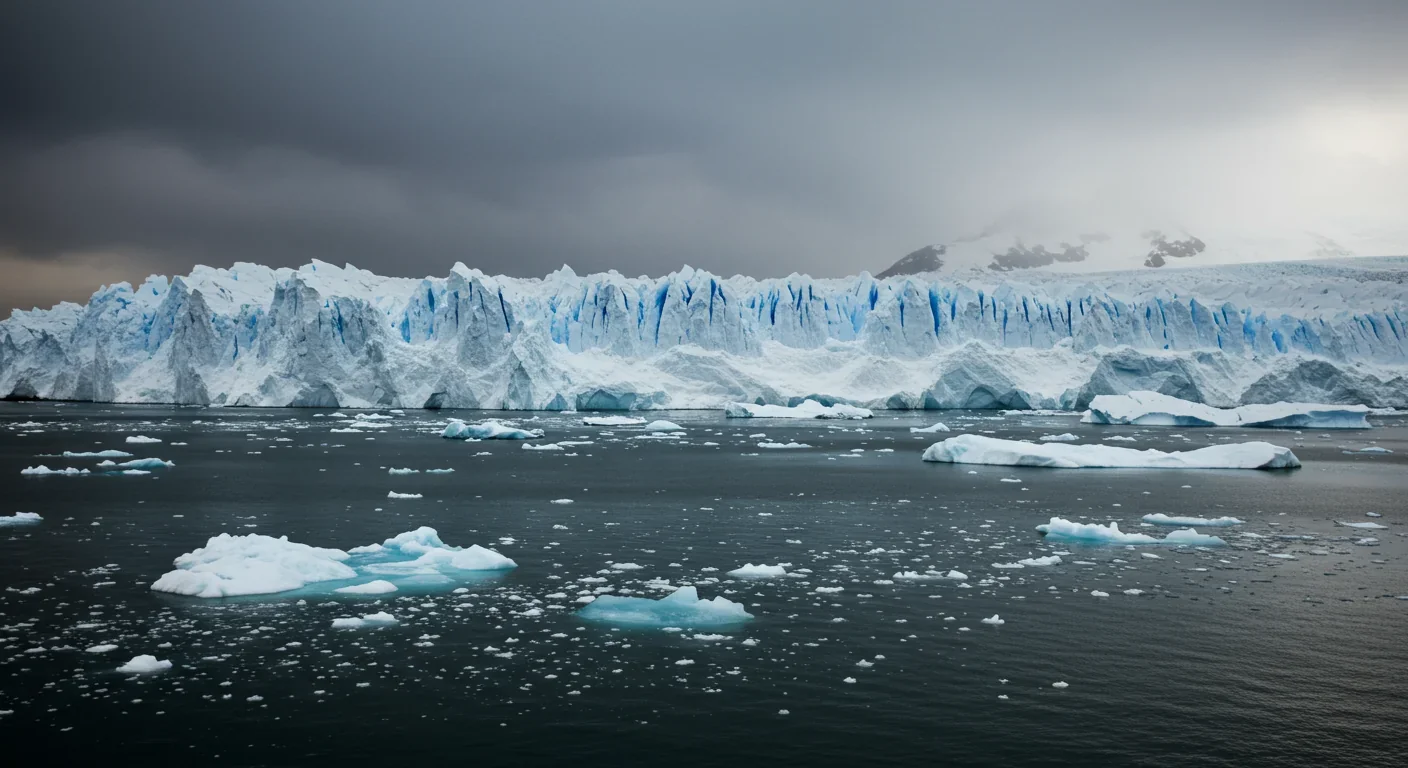
By 2050, coastal cities housing 150 million people could face regular flooding from rising seas. The culprit? Collapsing ice sheets in Greenland and Antarctica that are melting faster than anyone predicted just a decade ago. Now, some scientists are proposing something that sounds lifted from science fiction: massive underwater curtains anchored to the seafloor, physically blocking warm ocean water from reaching vulnerable glaciers. It's a desperate gambit that reveals how close we've come to climate tipping points—and how seriously researchers are considering interventions that would have seemed absurd just years ago.
The concept is surprisingly straightforward. Warm ocean currents sneak beneath floating ice shelves and accelerate melting from below—a process called basal melting that's far more destructive than surface warming. By draping enormous curtains across the seafloor in front of glacier fronts, engineers theoretically could redirect these currents away from the ice. The curtains wouldn't need to be watertight—just substantial enough to deflect the warmest water masses.
Think of it like installing a windbreak, except underwater and scaled to dimensions that dwarf any human structure ever built. We're talking about barriers that would need to span kilometers across and reach depths of 600 to 1,000 meters where glaciers meet the ocean, according to research published in Frontiers in Science. The curtains would be constructed from materials capable of withstanding immense pressure, corrosive saltwater, and the occasional collision with icebergs calving off the glacier face.
Not all glaciers face equal danger, and that's actually worked in engineers' favor when identifying candidates for intervention. The Thwaites Glacier in Antarctica—nicknamed the "Doomsday Glacier"—has become the poster child for this approach. It's roughly the size of Florida and currently contributes about 4% of global sea level rise. More alarmingly, Thwaites sits on bedrock that slopes backward, creating a feedback loop where melting causes the glacier to retreat into deeper water, exposing more ice to warm currents, accelerating melting further.
Once Thwaites Glacier crosses certain thresholds, it could collapse within decades due to marine ice sheet instability—a process where no amount of intervention could halt the retreat.
This phenomenon, called marine ice sheet instability, means Thwaites could collapse within decades once it crosses certain thresholds. And Thwaites isn't alone—several glaciers in West Antarctica share this vulnerability, collectively holding enough ice to raise sea levels by over three meters.
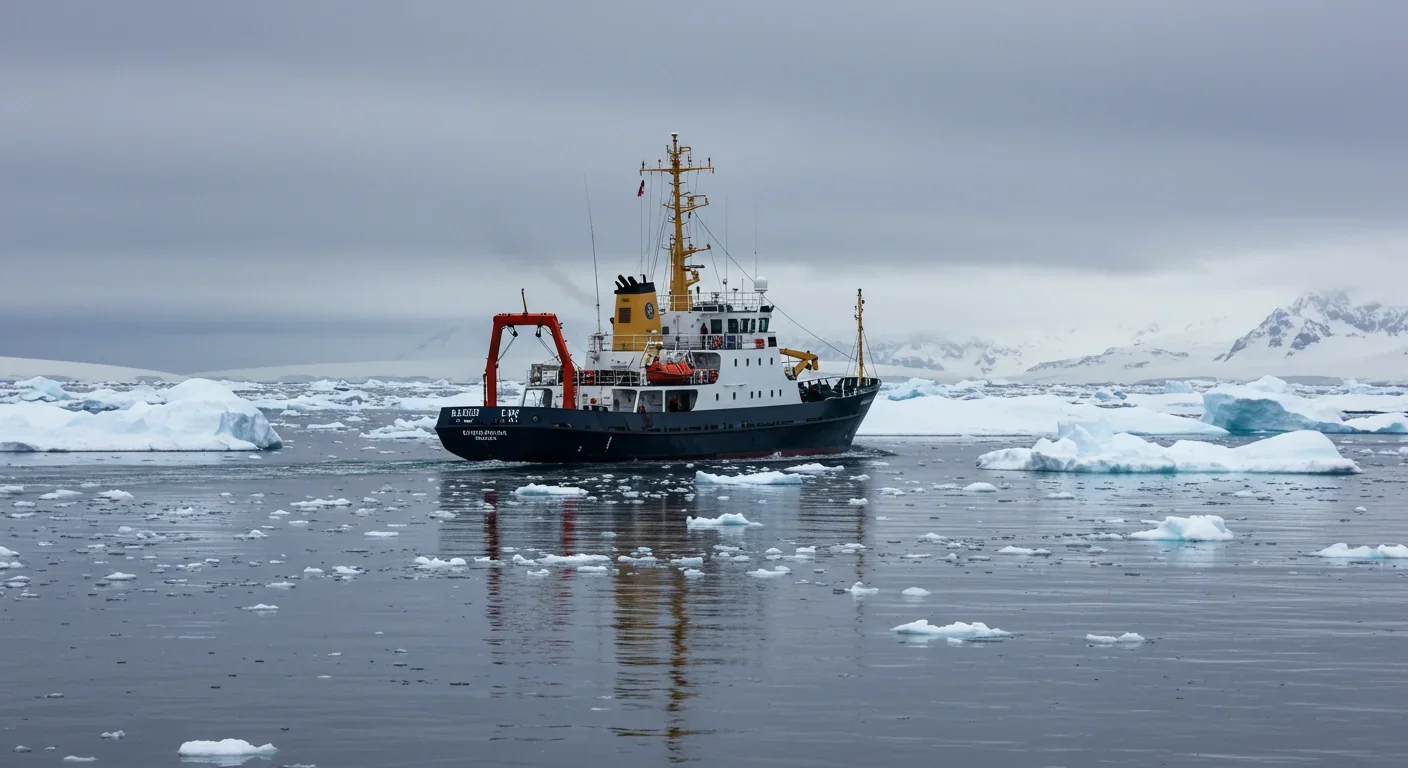
The Greenland Ice Sheet presents similar concerns but with different dynamics. Greenland's glaciers face warming from both atmospheric temperature increases and shifting ocean currents that bring subtropical water northward. The Jakobshavn Glacier, Greenland's fastest-moving glacier, has been retreating at accelerating rates, and researchers estimate that several major outlet glaciers could become intervention candidates if the technology proves viable.
Installing these curtains wouldn't just be difficult—it would push engineering to limits we've barely tested. Only a handful of vessels can operate in the violent waters near Antarctic glacier fronts, where massive icebergs constantly calve off and create navigation hazards that have destroyed research ships. The depths involved—often 600 to 1,000 meters—fall within the operational range of modern submarines, but submarine construction expertise rarely extends to stationary structures subjected to constant ice impacts.
"Only a single ship has ever managed to reach the required location due to the extreme danger posed by giant icebergs."
— Steven Chown, Polar Research Scientist
Steven Chown, a researcher involved in evaluating these proposals, pointed out that only a single ship has ever reached some of the locations where curtains would need to be installed. That's not because researchers haven't tried—it's because the combination of depth, ice conditions, and extreme weather creates conditions that destroy conventional vessels.
Then there's the anchoring problem. The seafloor near glacier grounding lines—where ice transitions from resting on bedrock to floating as an ice shelf—consists of soft sediment accumulated over millennia. Anchoring massive structures that need to resist currents, ice pressure, and their own buoyancy would require engineering solutions that don't yet exist at this scale. Each anchor point would need to penetrate tens of meters into the seafloor and be redundantly secured because a single failure could cause the entire curtain to tear loose.
Material science presents another frontier. The curtains would need to resist temperatures near freezing, immense water pressure, abrasion from ice and sediment, and possibly decades of exposure without maintenance access. No material currently deployed in marine environments faces this combination of stresses. Researchers have floated ideas ranging from advanced synthetic fabrics to hybrid systems combining rigid panels with flexible connectors, but none have been tested at anything approaching the required scale.
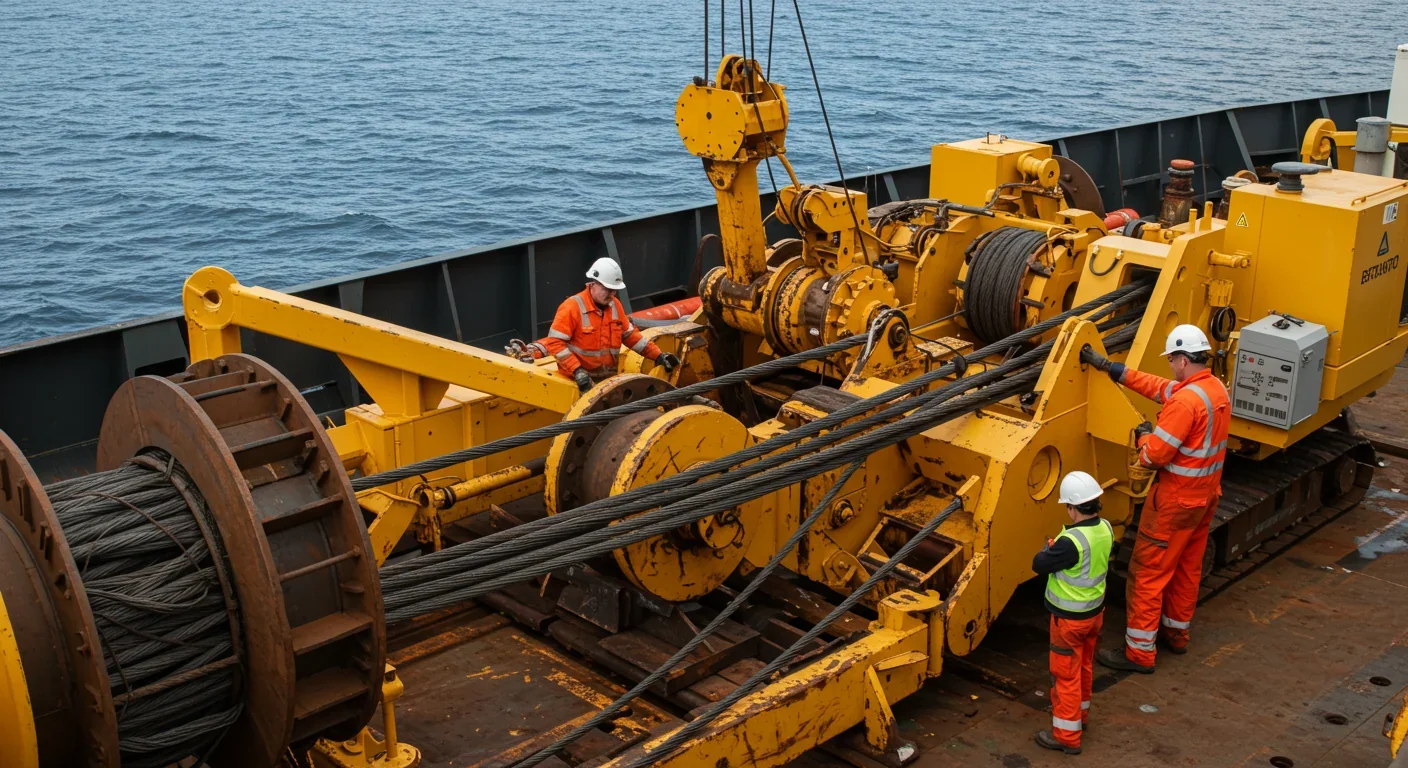
Cost estimates for glacier geoengineering consistently land in the "unimaginably expensive" category. A comprehensive assessment by 42 scientists pegged underwater curtain deployment at up to $80 billion per project—and that's just for a single glacier system. Protecting multiple vulnerable glaciers in Antarctica and Greenland could easily exceed $500 billion.
For context, $80 billion is more than the annual GDP of many nations and roughly equivalent to building 15 nuclear aircraft carriers. It's also about what the world currently spends each year on all climate change adaptation measures combined. The comparison isn't entirely fair—you'd build these curtains once rather than paying annually—but it illustrates the scale of resource commitment required.
Breaking down the costs reveals where money would go: specialized vessel construction or modification ($5-10 billion), material manufacturing and deployment ($30-40 billion), continuous monitoring systems ($2-3 billion), and a substantial contingency fund because nothing this complex ever comes in on budget. The numbers assume relatively favorable conditions and don't account for potential cost overruns, which in mega-projects typically run 50-100% above initial estimates.
For $500 billion—the estimated cost of protecting multiple glacier systems—we could build hundreds of gigawatts of renewable energy or retrofit millions of buildings. The question becomes: which investment offers more certain benefits?
Proponents argue we should compare these costs not to other climate interventions but to the economic damage from unchecked sea level rise. One analysis suggested that if curtains could delay major ice sheet collapse by even a few decades, the economic benefit from avoided coastal flooding could exceed $1 trillion. Miami alone estimates it would need to spend $15-20 billion on sea walls and pump systems over the coming decades just to remain viable.
Marine ecosystems near glaciers exist in precarious balance. Cold, nutrient-rich waters near ice fronts support unique food webs, from microscopic plankton to seals, penguins, and whales. Underwater curtains would inevitably alter these systems, though predicting exactly how is nearly impossible without field trials.
The curtains would physically block some species' migration routes and alter water circulation patterns in ways that could change nutrient distribution. Glacial meltwater, while contributing to sea level rise, also supplies essential nutrients to surface waters during spring and summer. Reducing meltwater by blocking warm currents might seem beneficial for ice preservation but could devastate populations of krill and other species that form the foundation of polar food webs.
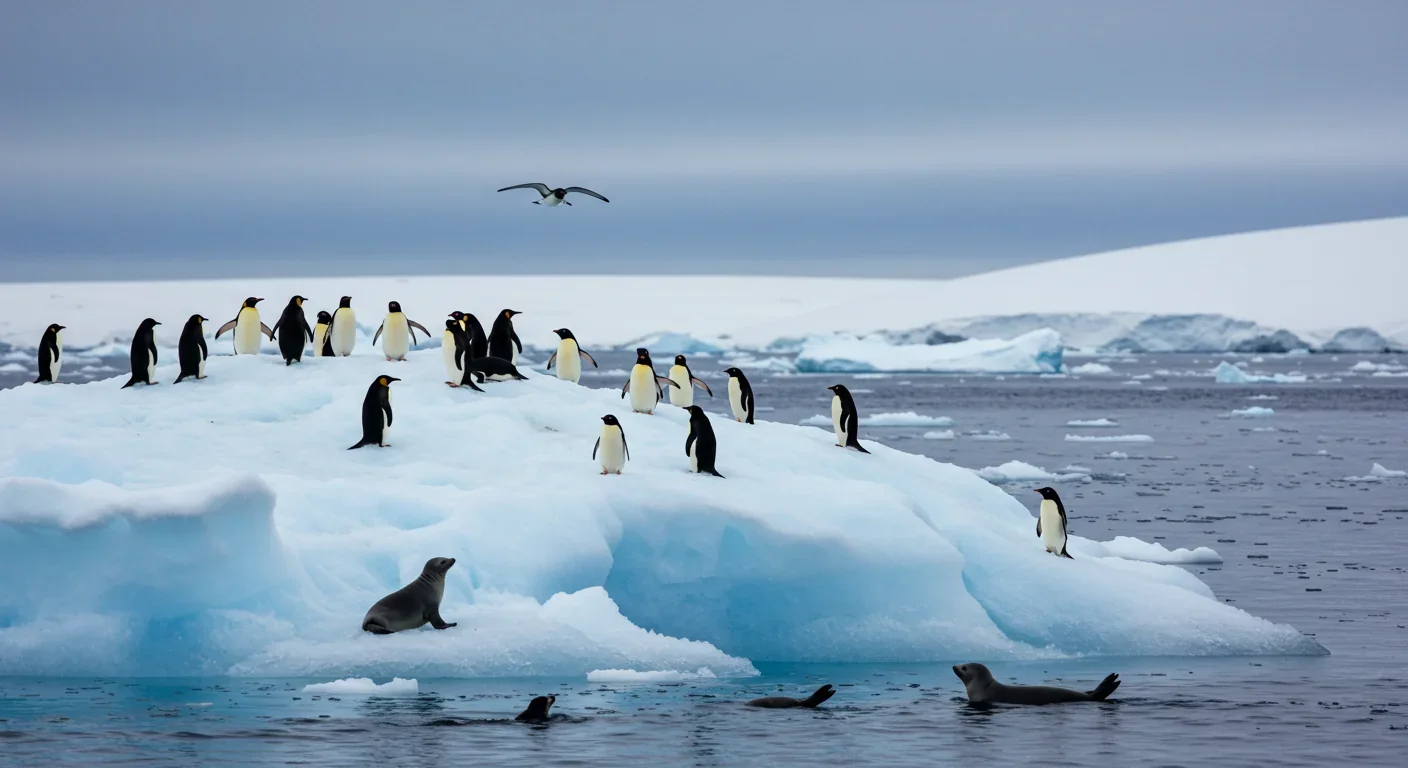
There's also the unknown risk of unintended consequences. Climate interventions have a troubling history of cascade effects no one anticipated. Curtains could create dead zones where water circulation slows, allow invasive species to establish new populations in the altered environment, or interact with ocean chemistry in ways that accelerate different types of ice loss. The Antarctic marine ecosystem is still poorly understood, and scientists emphasize we're essentially flying blind when we propose large-scale interventions.
Critics point out that once deployed, curtains would be nearly impossible to remove if problems emerged. Unlike atmospheric interventions that disperse if stopped, physical barriers would remain in place, requiring ongoing commitment even if they prove more harmful than beneficial. This creates a troubling precedent—we'd be making irreversible alterations to polar environments based on modeling that's admittedly incomplete.
Even if engineers solved every technical challenge and ecological concerns proved manageable, a fundamental question remains: would it actually work? Computer models suggest underwater curtains could reduce glacier melting rates by 30-70%, depending on design and location. That sounds promising, but the devil lives in the details.
A 50% reduction in melting doesn't translate to a 50% delay in collapse. Ice sheet dynamics involve feedback loops and threshold effects. Once a glacier starts retreating, it can reach tipping points where even completely stopping melting wouldn't halt the collapse. Thwaites Glacier may have already crossed such a threshold, meaning curtains might only buy years or decades rather than centuries.
Research from Cambridge indicates that ice cliff instability—where glacier faces become too tall to support their own weight and collapse catastrophically—could accelerate loss even if basal melting stops. Curtains address only one mechanism of several driving ice sheet disintegration.
There's also the duration question. How long would curtains need to remain effective? If they bought us 50 years but global emissions continue rising, we'd simply face the same crisis mid-century with an additional $500 billion already spent. Climate scientists emphasize that glacier intervention only makes sense as part of aggressive emissions reduction, not as a substitute for it.
The time required to implement these projects is another limitation. From initial design to full deployment would likely take 15-25 years, optimistically. Thwaites could undergo dramatic changes in that timeframe. We might complete a curtain system only to discover the glacier has already retreated beyond the point where barriers can help.
Perhaps the strongest argument against glacier geoengineering isn't technical—it's psychological. Climate advocates worry that promoting high-tech solutions creates a dangerous perception that we can engineer our way out of climate change without the politically difficult work of cutting emissions. A major study warned that geoengineering proposals could provide false hope and divert attention from proven solutions.
"These proposals are unimaginably expensive and risky for fragile polar environments and would inevitably distract from emissions cuts."
— Rob DeConto and Martin Siegert, Climate Scientists
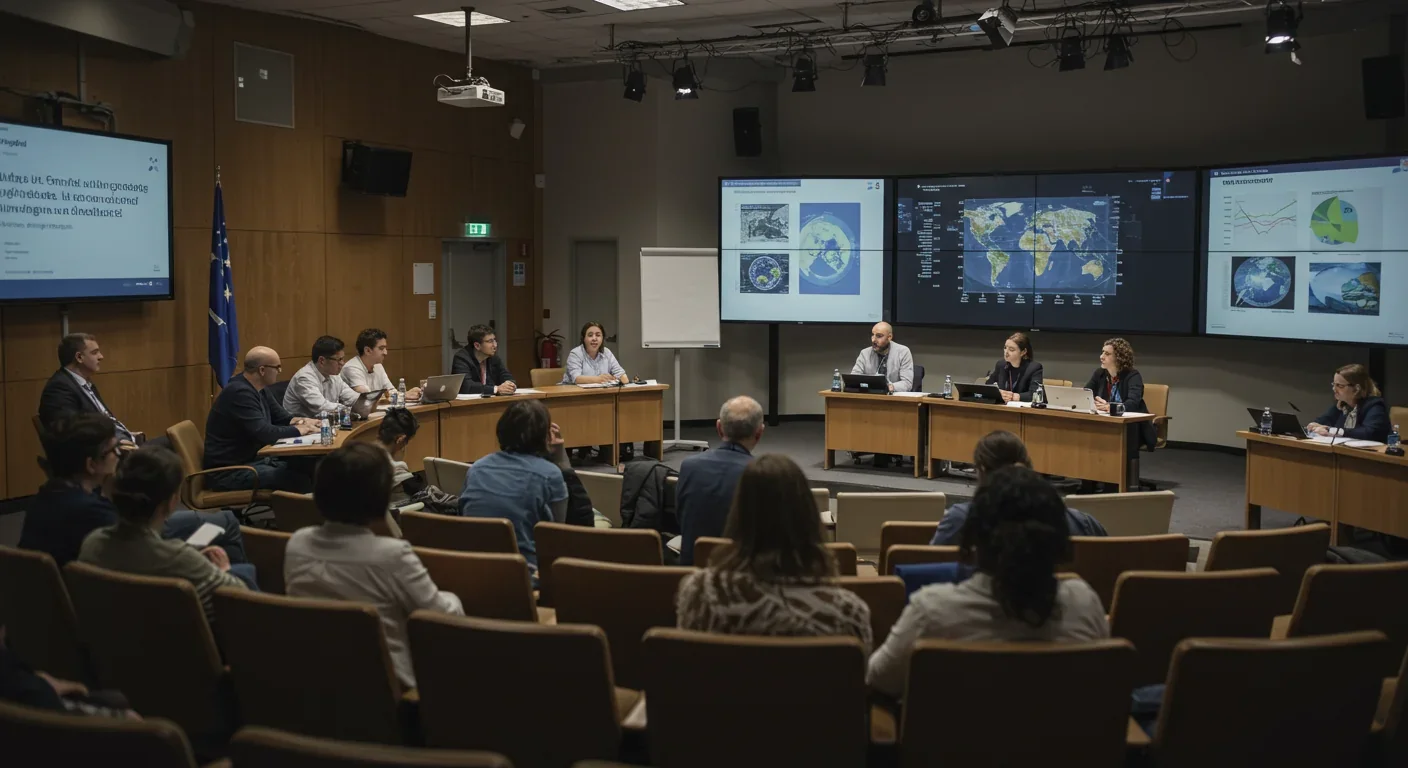
This "moral hazard" argument suggests that every dollar and hour of political attention devoted to glacier curtains is a dollar and hour not spent on renewable energy, efficiency improvements, and policy changes that address root causes. Rob DeConto and Martin Siegert, co-authors of the Frontiers in Science assessment, emphasized this concern: "These proposals are unimaginably expensive and risky for fragile polar environments" and argued they would inevitably distract from emissions cuts.
There's historical precedent for this fear. Previous geoengineering proposals, like stratospheric aerosol injection or ocean iron fertilization, generated initial excitement that later waned as people recognized the complexity and risks. Meanwhile, each proposal delayed serious engagement with systemic change. The pattern repeats because dramatic technical solutions feel more achievable than reorganizing global energy systems.
Proponents counter that this framing presents a false choice. We need both emissions reduction and intervention research because climate change is already outpacing our mitigation efforts. Waiting for perfect emissions cuts while ice sheets collapse isn't prudent—it's fatalistic. Researchers at the University of Chicago argue for a "major initiative" to rigorously study glacier intervention precisely because the stakes are so high.
Who decides whether to install a glacier curtain? That seemingly simple question opens a Pandora's box of international relations challenges. Antarctica is governed by the Antarctic Treaty, which prohibits territorial claims and requires that activities benefit all humanity. Deploying massive infrastructure that could affect global sea levels and marine ecosystems almost certainly requires international consensus—something that's proven nearly impossible to achieve on far simpler climate issues.
Greenland's glaciers present different complications. Greenland is a self-governing territory of Denmark, but glacier intervention decisions would affect countries worldwide. Small island nations facing existential threats from sea level rise might demand action regardless of Denmark's preferences, while countries concerned about ecological risks might oppose projects even if Greenland approved them.
There's also the question of liability. If a curtain installation goes wrong—say it triggers accelerated melting through unexpected mechanisms, or collapses and damages underwater cables or ecosystems—who bears responsibility? Current international law lacks frameworks for attributing blame or compensation in geoengineering disasters. Establishing such frameworks before attempting interventions would require years of negotiation that we may not have.
The UK's Advanced Research and Invention Agency has announced plans to test small-scale polar geoengineering concepts, igniting debates about whether individual nations should proceed without broader consent. Critics argue that even research creates precedents that normalize unilateral geoengineering, while supporters contend that waiting for perfect international agreement guarantees we'll act too late.
Underwater curtains aren't the only glacier intervention concept under consideration. Researchers have proposed pumping water from beneath ice sheets to reduce basal lubrication, artificially thickening ice shelves with seawater frozen on their surfaces, and even using underwater robots to smooth the seafloor and reduce friction that accelerates glacier flow. Each faces similar challenges around cost, feasibility, and unintended consequences.
Some scientists argue these mega-engineering approaches miss the point entirely. IUCN researchers emphasize that glaciers provide crucial ecosystem services beyond climate regulation—they manage water resources for billions of people. Investing in adaptation measures that don't rely on preserving ice sheets might be more reliable: relocating vulnerable populations, building resilient infrastructure, and developing agricultural systems that function with altered water availability.
The opportunity cost is stark: $500 billion could fund renewable energy, forest protection, and direct adaptation measures with guaranteed benefits—while glacier curtains remain speculative and risky.
The opportunity cost argument is compelling. For $500 billion—the estimated cost of protecting multiple glacier systems—we could build hundreds of gigawatts of renewable energy capacity, retrofit millions of buildings for efficiency, protect vast areas of carbon-storing forests, or fund adaptation measures that would directly benefit the most vulnerable populations. These investments offer certain benefits, while glacier curtains remain speculative.
Yet advocates point to the irreversibility of ice sheet collapse. Once Thwaites and other vulnerable glaciers cross tipping points, no amount of emissions reduction will restore them on human timescales. The World Meteorological Organization warns that glacier melt will unleash cascading impacts on water resources, ecosystems, and sea levels that multiply over time. From this perspective, spending $500 billion to potentially prevent $10 trillion in damage from sea level rise isn't wasteful—it's insurance.
Most scientists discussing glacier intervention land in a middle position: we should research these technologies rigorously while remaining clear-eyed about their limitations and risks. The Eos opinion article "Glacier Intervention Research Isn't Just for Glaciologists" argues for truly interdisciplinary approaches that include engineers, ecologists, social scientists, ethicists, and affected communities in the research process from the start.
Research priorities should include small-scale field tests that don't risk triggering large-scale changes, better modeling of ice sheet dynamics and ecosystem impacts, development of international governance frameworks, and honest cost-benefit analyses that compare intervention to adaptation alternatives. Critically, this research should operate under principles that avoid the moral hazard trap: clear communication that geoengineering is not a substitute for emissions cuts, transparent publication of all findings including negative results, and integration with broader climate policy rather than as a standalone solution.
Some research is already underway. Multiple institutions are studying ice cliff stability, basal melt processes, and materials that could withstand polar conditions. NASA's NISAR mission, launching soon, will provide unprecedented detail on ice sheet changes, helping researchers identify intervention candidates and model effectiveness. These efforts provide crucial knowledge whether or not we ultimately deploy glacier barriers.
The underwater curtain debate ultimately reflects our broader struggle with climate change: we're forced to make decisions with incomplete information about problems we didn't cause but can't escape. Glacier geoengineering proposals emerge from this uncomfortable position—they're simultaneously audacious, desperate, dangerous, and possibly necessary.
What's clear is that doing nothing guarantees ice sheet collapse within our lifetimes. The Greenland Ice Sheet is losing mass at accelerating rates, and Antarctica's most vulnerable glaciers are already exhibiting signs of instability. We're choosing between bad options: accept catastrophic sea level rise, invest massively in adaptation, gamble on unproven geoengineering, or some combination of these approaches.
The most honest assessment might be this: we should research glacier intervention as seriously as we can while simultaneously pursuing every strategy to cut emissions and adapt to changes already locked in. We should remain skeptical of techno-optimism that promises easy fixes while acknowledging that inaction is itself a choice—one that dooms coastal cities and island nations to submerge beneath rising seas.
Whether underwater curtains ultimately prove viable or join the long list of well-intentioned ideas that couldn't overcome practical obstacles, the conversation they've sparked serves a purpose. They force us to confront how dramatically climate change is reshaping not just the planet but our relationship to it—pushing us toward interventions that would have been unthinkable a generation ago, revealing the limits of both technology and political will, and demanding that we think seriously about what world we're leaving to future generations.
The glaciers are melting. The question isn't whether we'll respond, but whether our response will be wise enough to help rather than harm—and whether we'll combine whatever interventions we attempt with the harder work of fundamentally changing how humanity interacts with the climate system. Underwater curtains might buy us time. What we do with that time will determine whether they represent genuine hope or simply an expensive delay of the inevitable.

Curiosity rover detects mysterious methane spikes on Mars that vanish within hours, defying atmospheric models. Scientists debate whether the source is hidden microbial life or geological processes, while new research reveals UV-activated dust rapidly destroys the gas.

CMA is a selective cellular cleanup system that targets damaged proteins for degradation. As we age, CMA declines—leading to toxic protein accumulation and neurodegeneration. Scientists are developing therapies to restore CMA function and potentially prevent brain diseases.

Intercropping boosts farm yields by 20-50% by growing multiple crops together, using complementary resource use, nitrogen fixation, and pest suppression to build resilience against climate shocks while reducing costs.

The Baader-Meinhof phenomenon explains why newly learned information suddenly seems everywhere. This frequency illusion results from selective attention and confirmation bias—adaptive evolutionary mechanisms now amplified by social media algorithms.

Plants and soil microbes form powerful partnerships that can clean contaminated soil at a fraction of traditional costs. These phytoremediation networks use biological processes to extract, degrade, or stabilize toxic pollutants, offering a sustainable alternative to excavation for brownfields and agricultural land.

Renters pay mortgage-equivalent amounts but build zero wealth, creating a 40x wealth gap with homeowners. Institutional investors have transformed housing into a wealth extraction mechanism where working families transfer $720,000+ over 30 years while property owners accumulate equity and generational wealth.

AlphaGo revolutionized AI by defeating world champion Lee Sedol through reinforcement learning and neural networks. Its successor, AlphaGo Zero, learned purely through self-play, discovering strategies superior to millennia of human knowledge—opening new frontiers in AI applications across healthcare, robotics, and optimization.